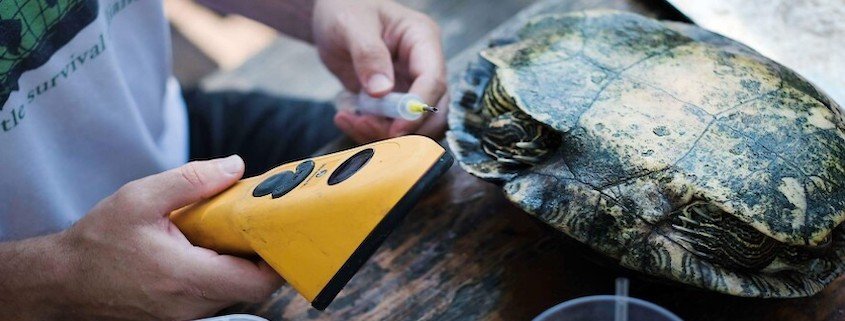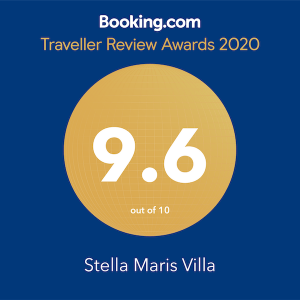Recently, Charlotte, one of our team met with Alex Tavares, an ecologist living on the island of Maio. This information on turtles is a result of that meeting.
Alex explained the fascinating, but precarious, life cycle. Seven turtle species feed in Cape Verde, but only one breeds – the Carreta Carreta. The breeding season, currently June and July, was April and May only a few years back – the change due to global warming which a new project is looking into. Alex, working with Fundação Maio Biodiversidade, is helping track turtles with chips inserted between their webbed ‘fingers’ (pictured).
A female can lay four to seven times, at weekly intervals, in one season, travelling between islands making nests in different locations, but always returning to where they were born to lay one batch. Sadly, less than half the (unguarded) nests survive as eggs are eaten by crabs and stray beach dogs. If turtles hatch during the day, birds eat them. Tragically only 1% of baby turtles reach adult age. Hopefully this will improve as new hatcheries protect the nests.
Turtle size depends on diet not age, and currently the only way to determine age is via DNA, an expensive procedure done by universities. Oceanic 1 turtles are smaller and they feed relatively locally, off the coast of Africa, which is 550km away. Neartic turtles travel further to South Africa for a plentiful supply of food and are therefore bigger. Whilst in the ocean they have natural predators – sharks and whales – and then there is man…. the oceans are full of loose nets which trap the turtles. Their main food is jelly fish which, sadly, turtles often confuse with plastic bags. The good news is turtles are now protected in Cape Verde. It is illegal to catch, eat or sell them or turtle shell handicrafts.
©️Chipping Norton News. March 2022
More information on turtles and turtle watching



